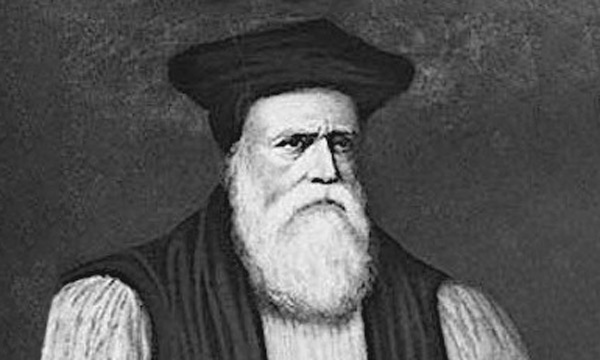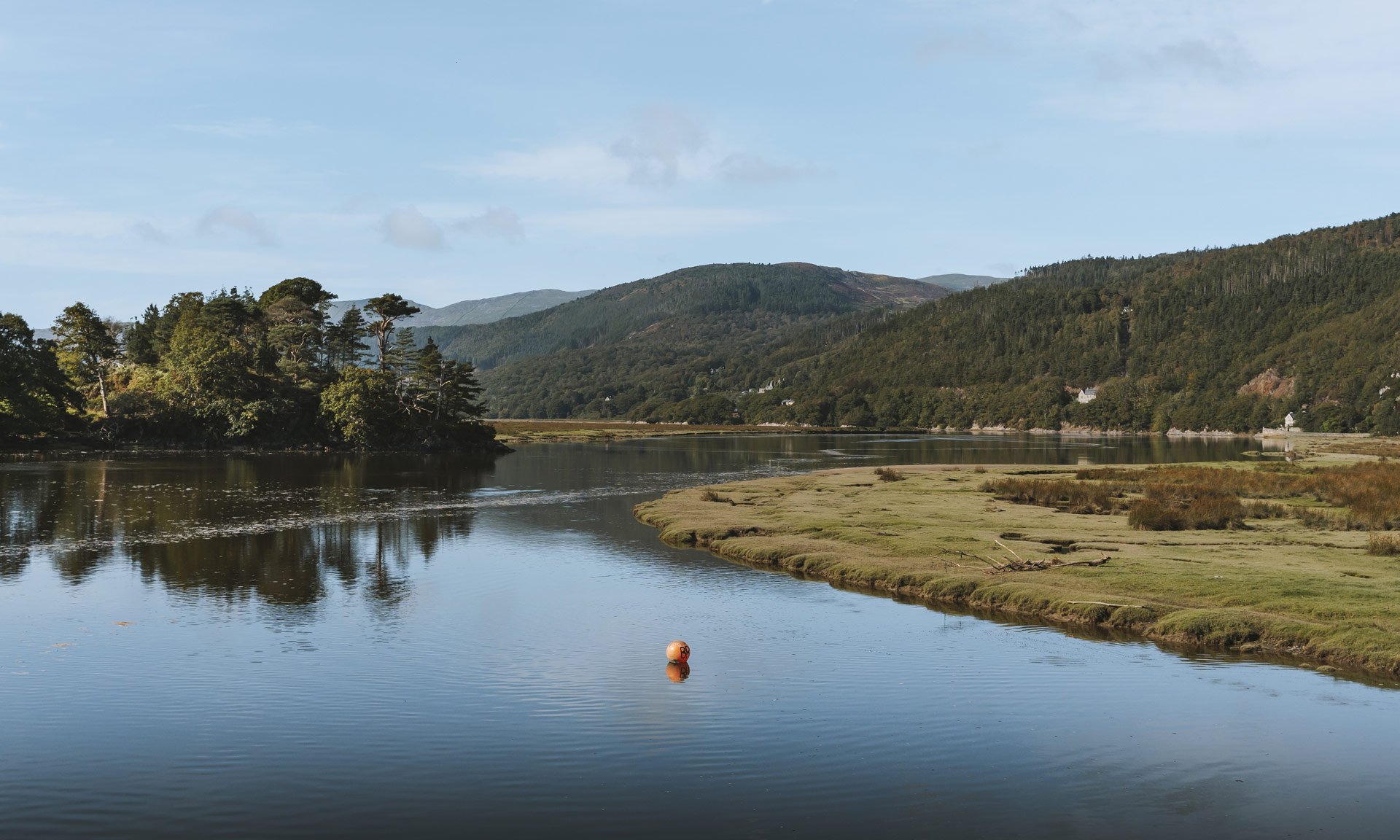The Welsh language has survived many threats throughout its life but remains the mother tongue of many of Eryri’s communities today.
Welsh is one of Europe’s oldest languages and is an innate part of daily life for many people living in Eryri.
A stronghold of the Welsh language
The Welsh language is a living language in Eryri. It is the language of everyday life, the language of work and the language of education. It is seen in local place names, in wildlife, and in history. It is an innate part of the area’s cultural and natural heritage.
Welsh is a language rooted deep in the soil of Eryri. This was the language of leaders like Llywelyn the Great and Owain Glyndŵr. This is the language of worship and Eisteddfodau. This is the language in which many of our popular music groups choose to sing.
And this is the language that the younger generation is embracing, as the benefits of working, learning and socialising through the medium of Welsh become increasingly evident.
History of the language
The language of the first people to live in Europe is known as Proto-Indo-European, and it is from this language that most European languages, including Welsh, later evolved.
According to many historians, the Celtic language came to Britain around 600 BC. It was from this version of the Celtic language that Brythonic originated, and from Brythonic came the Welsh language.
The Welsh language has had to contend with Latin, Norman French and English throughout the ages, yet has still managed to survive.
The Welsh language now has protected status through Welsh Government legislation.



